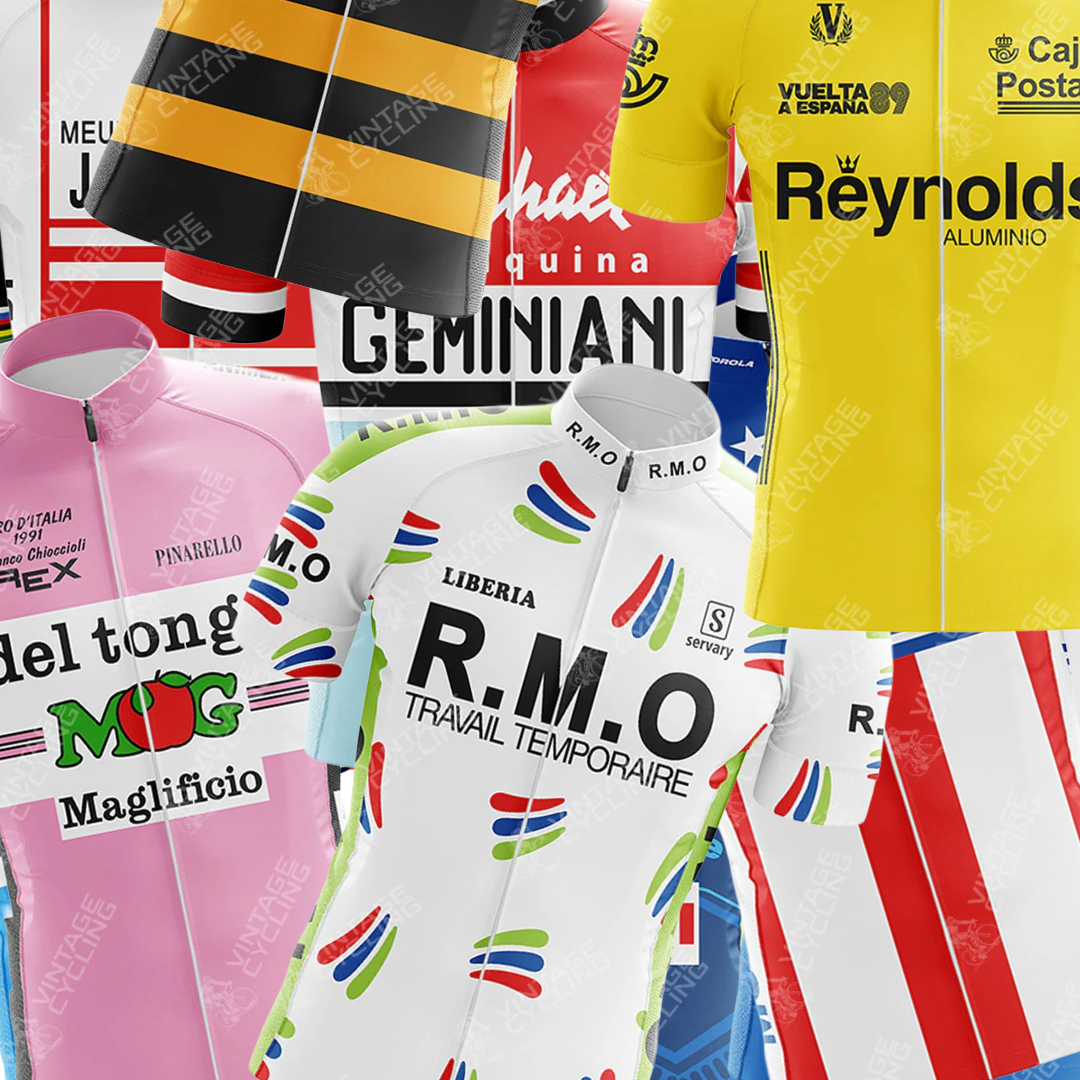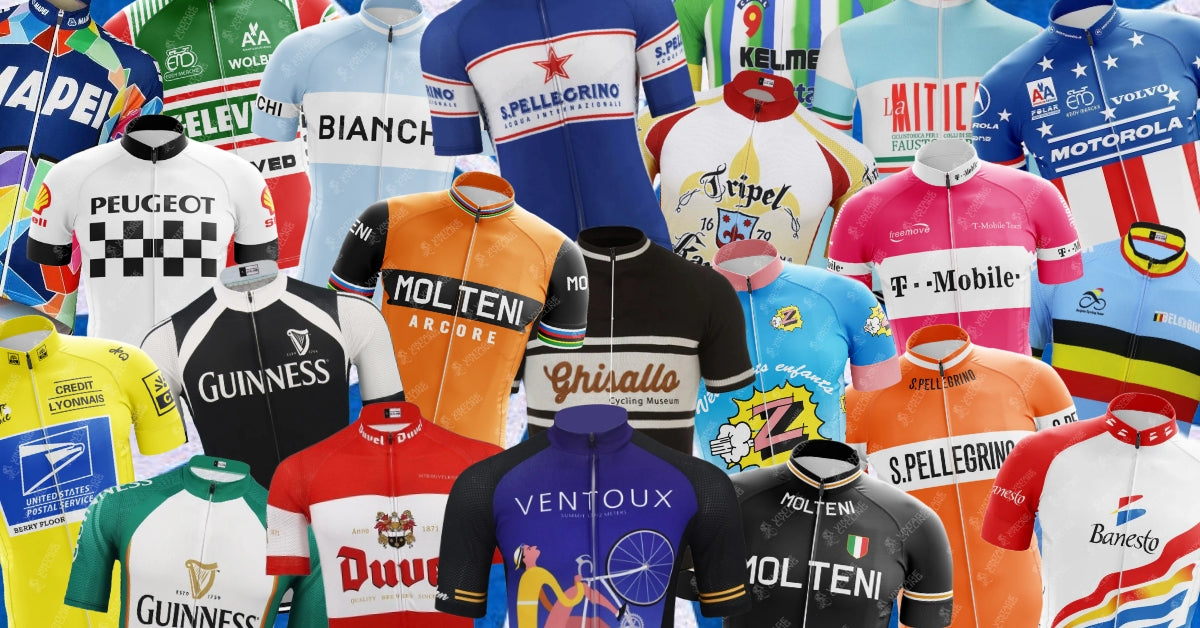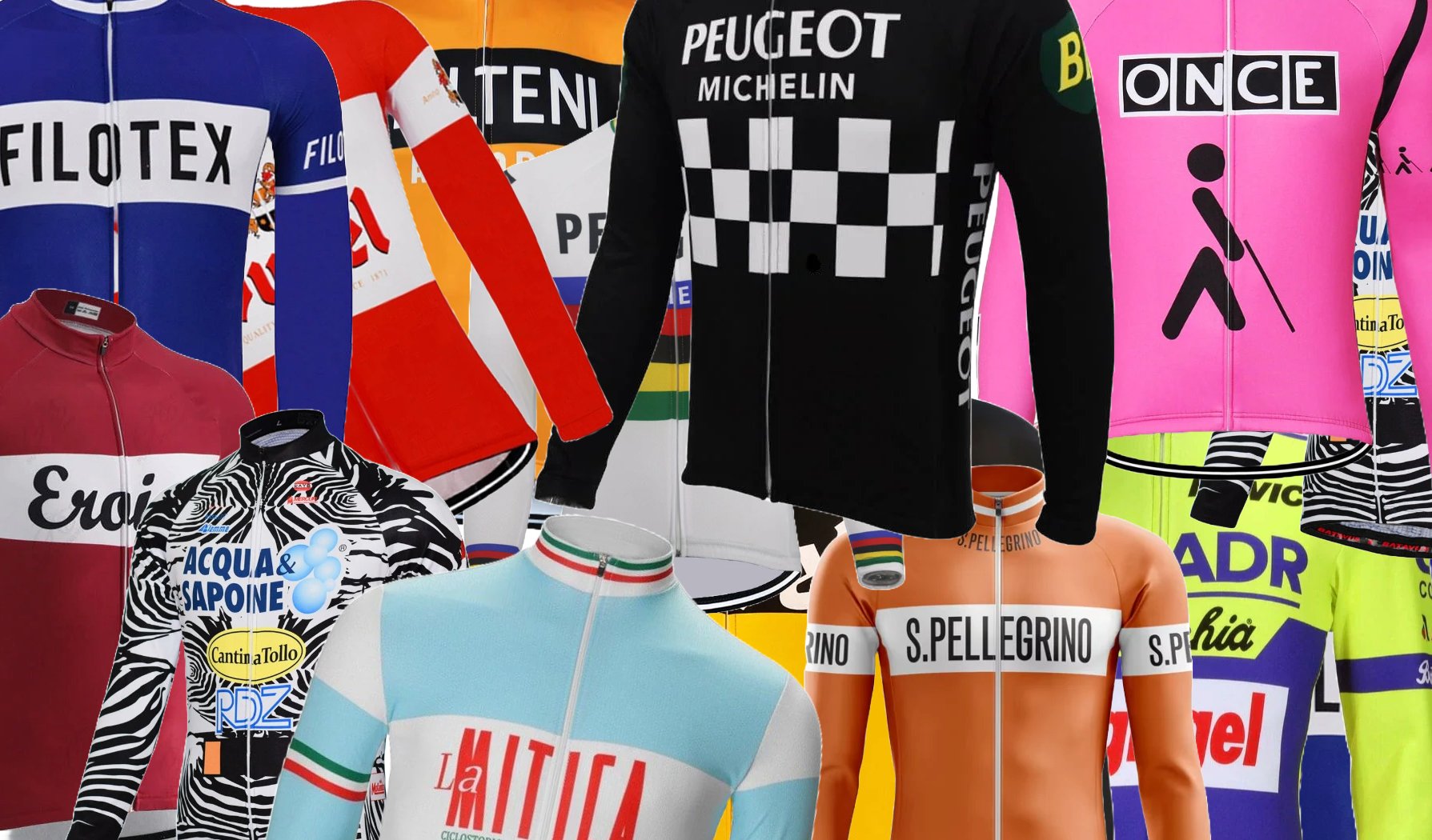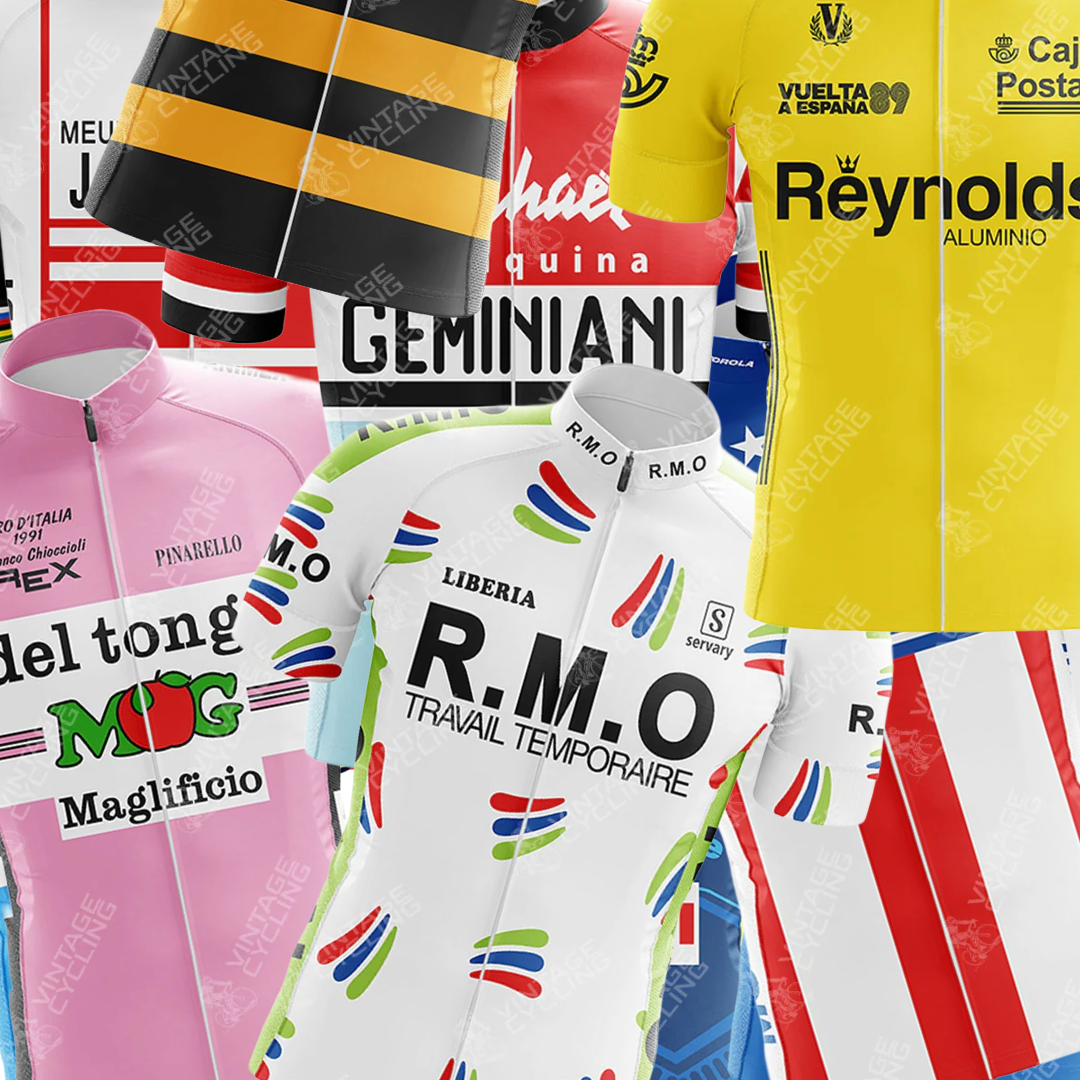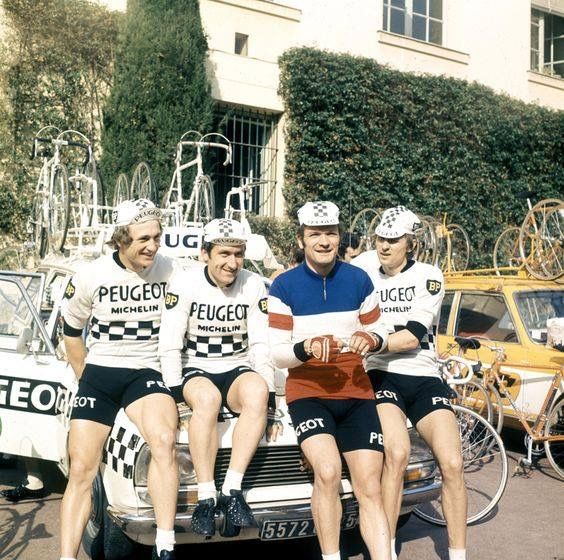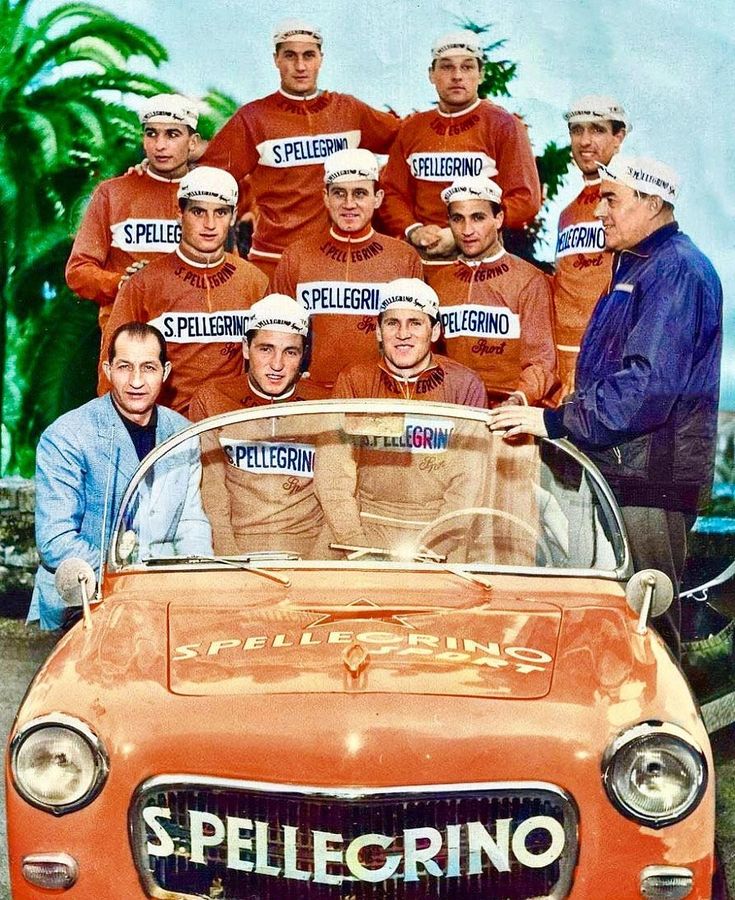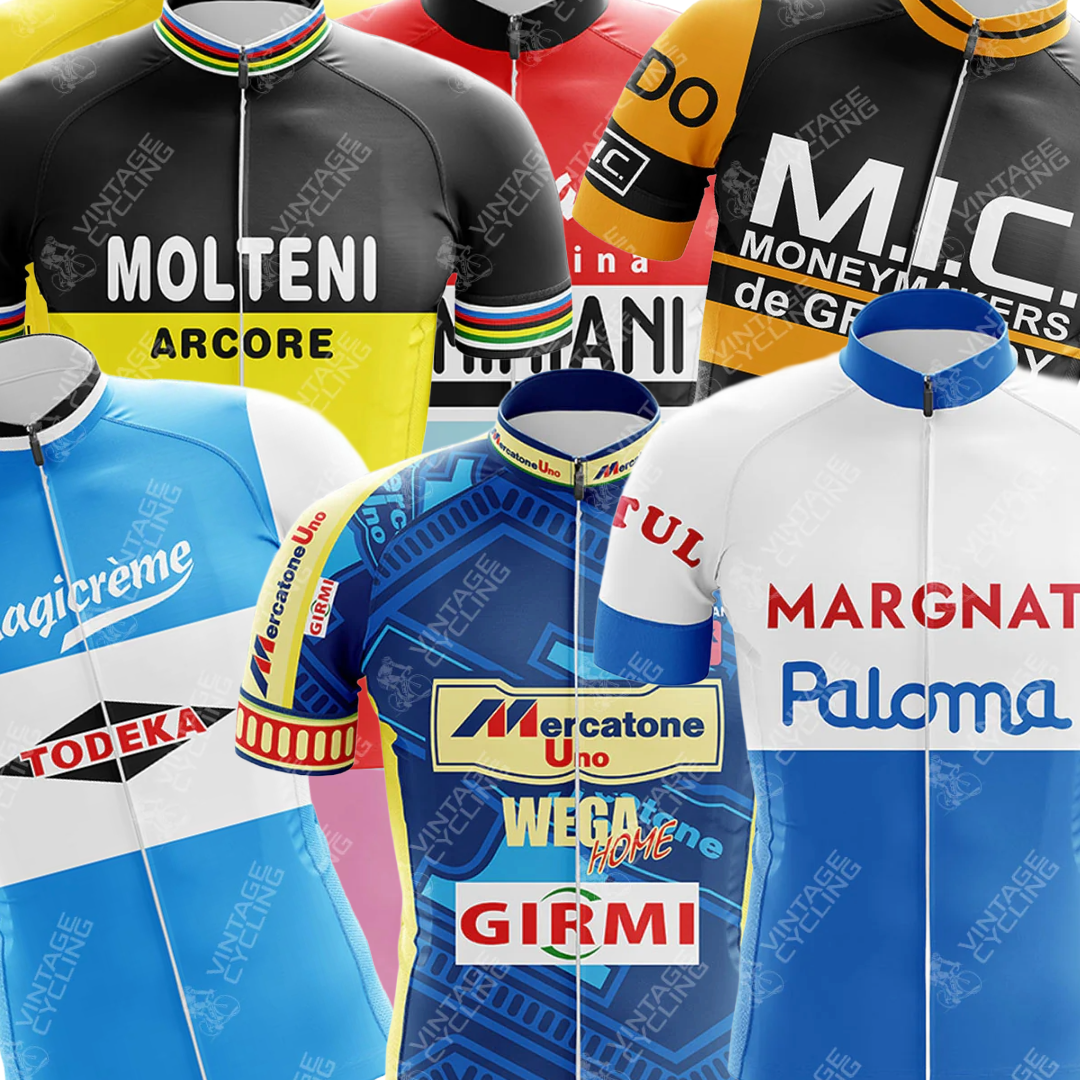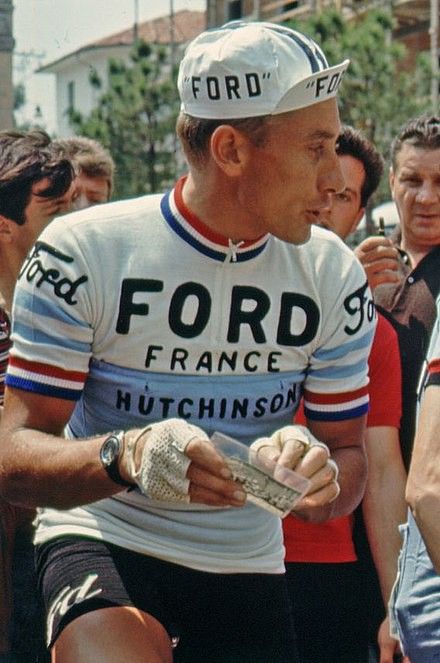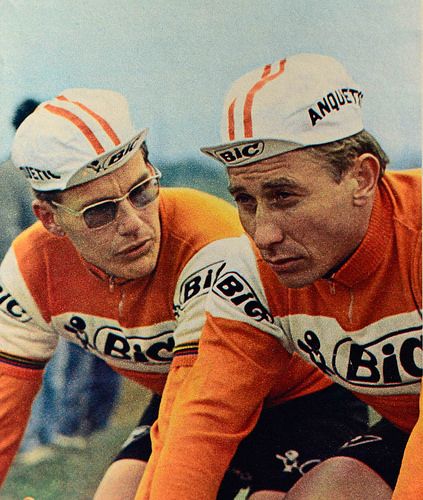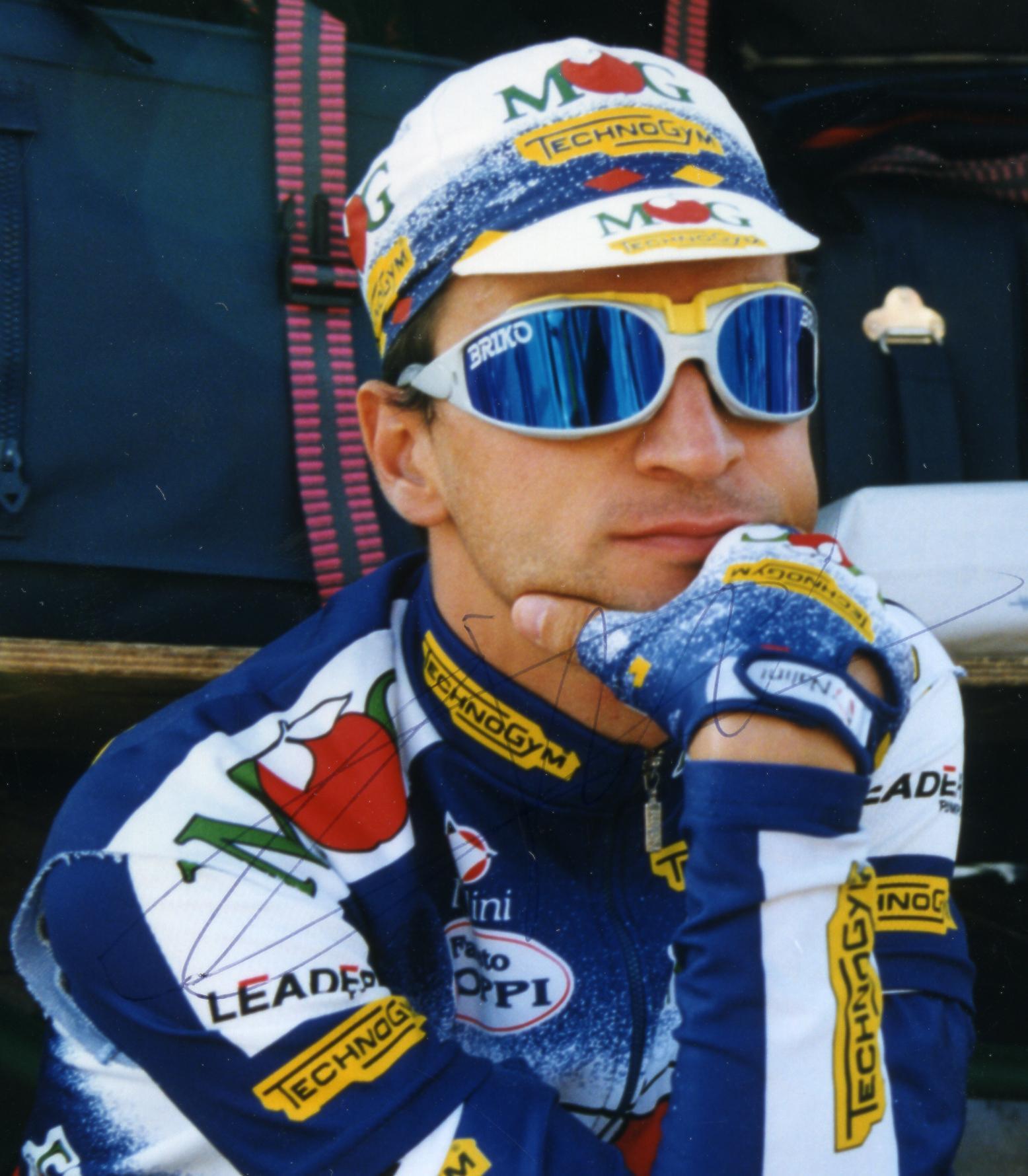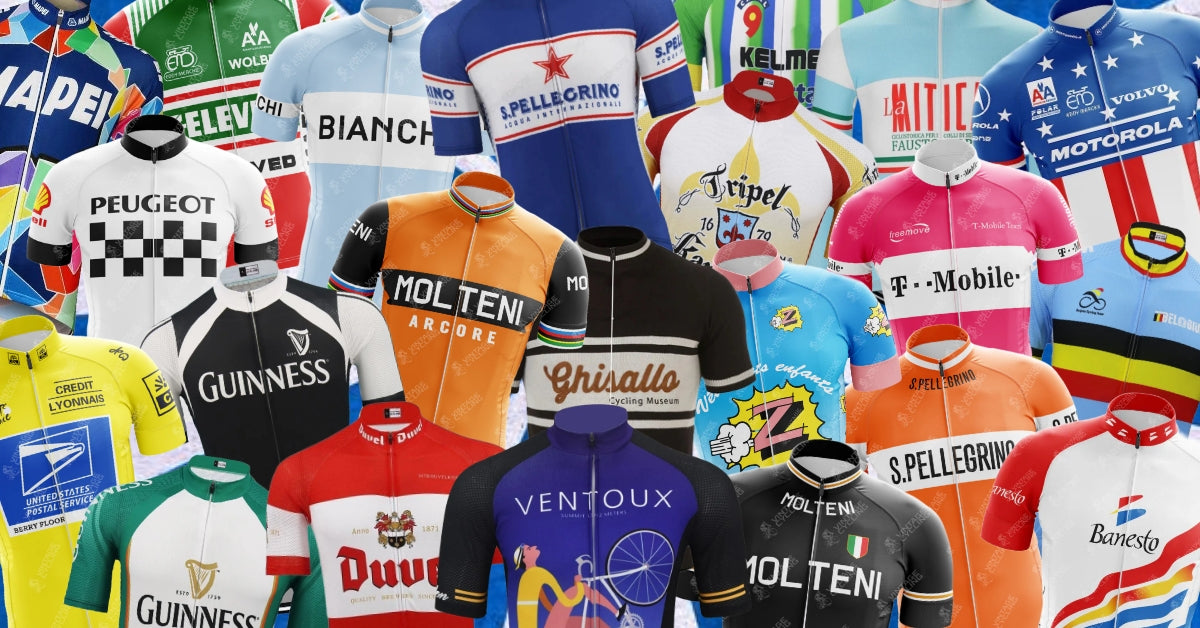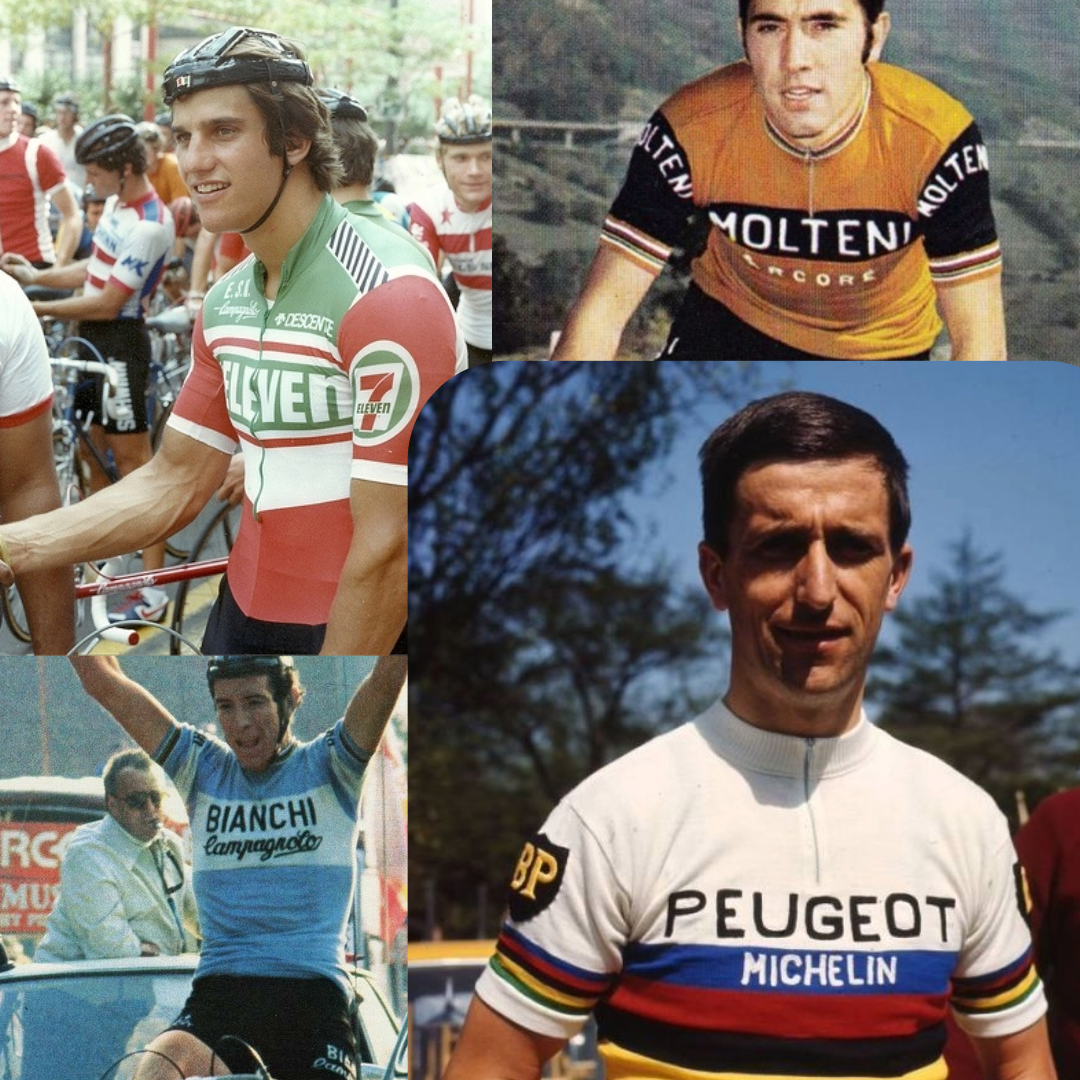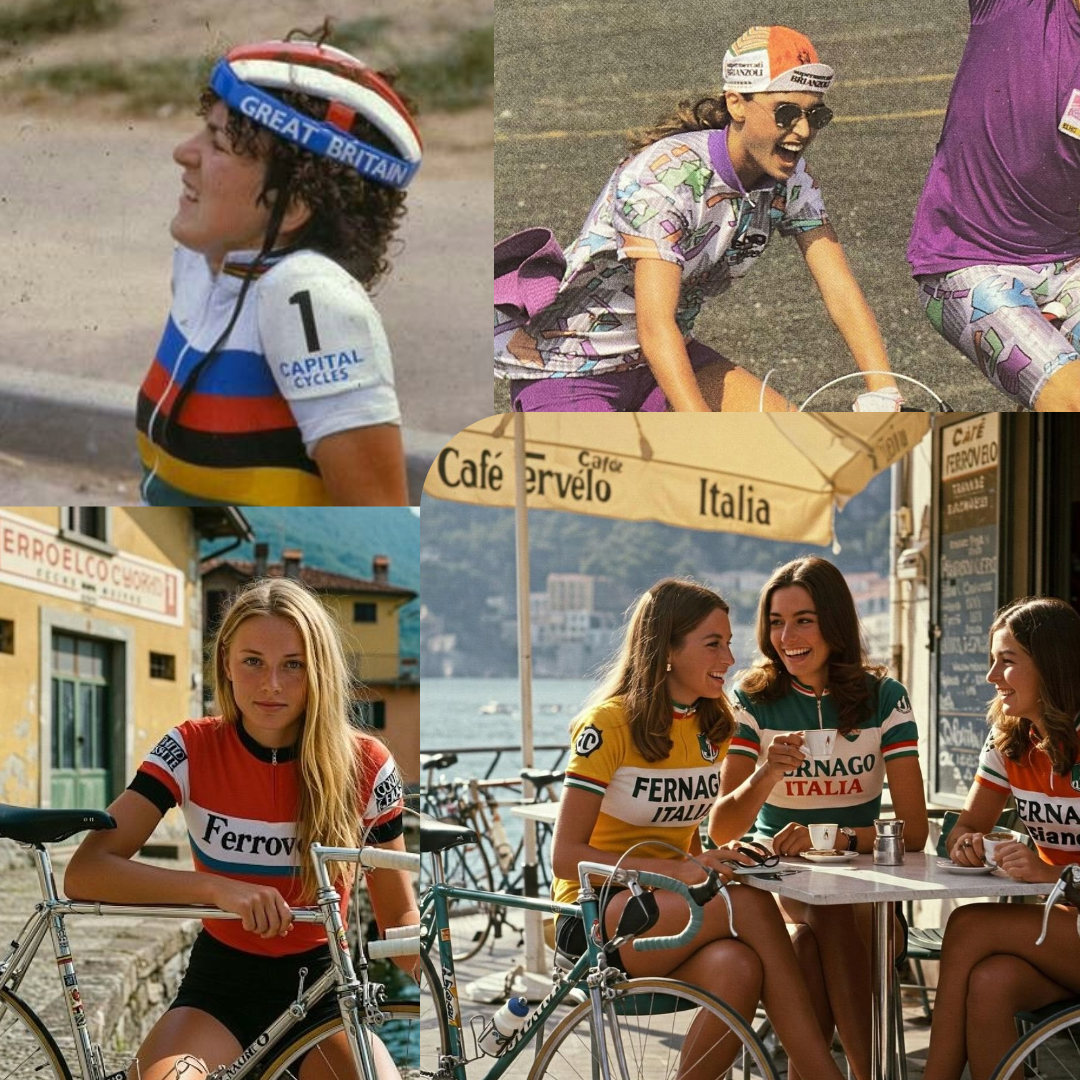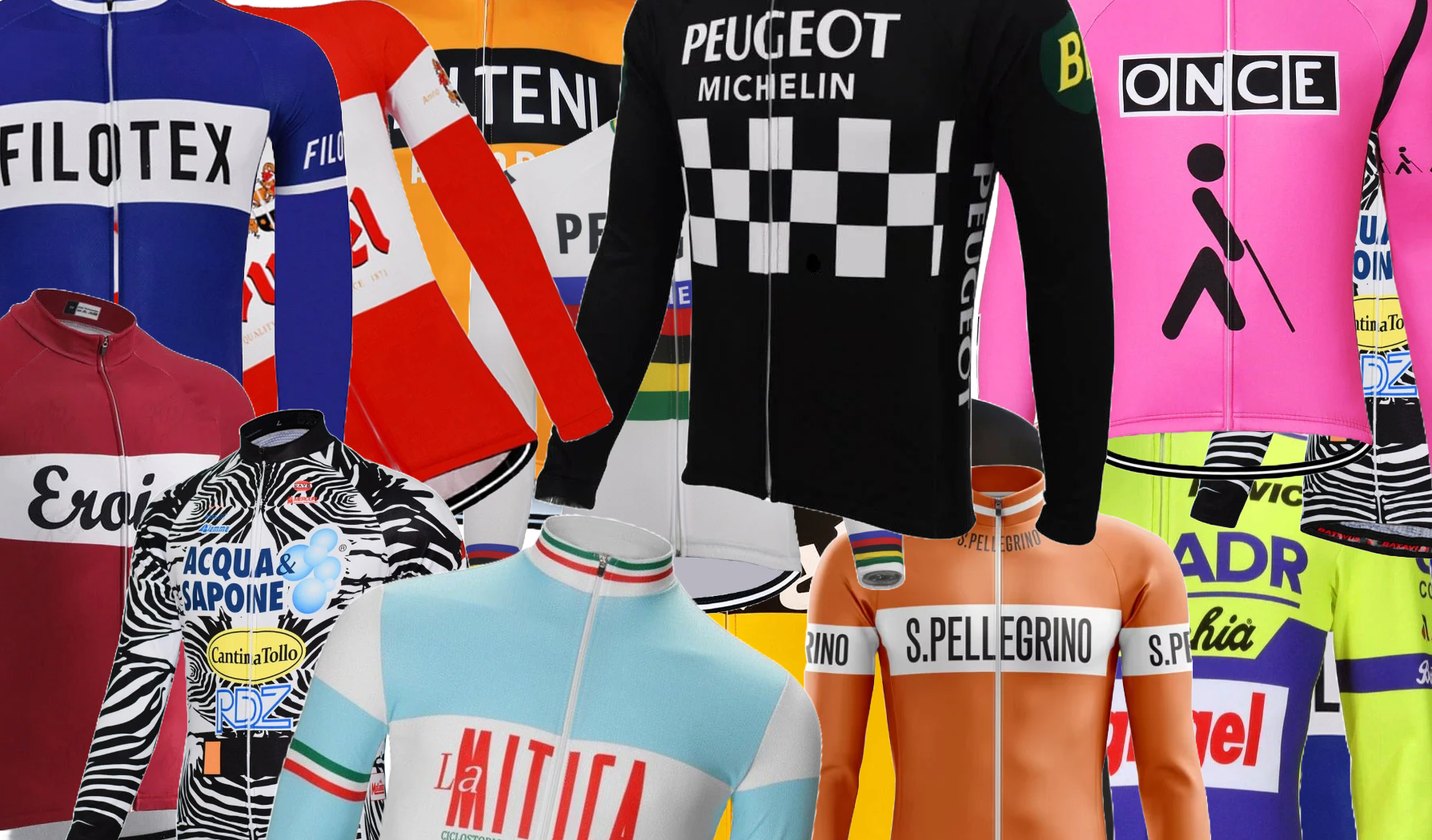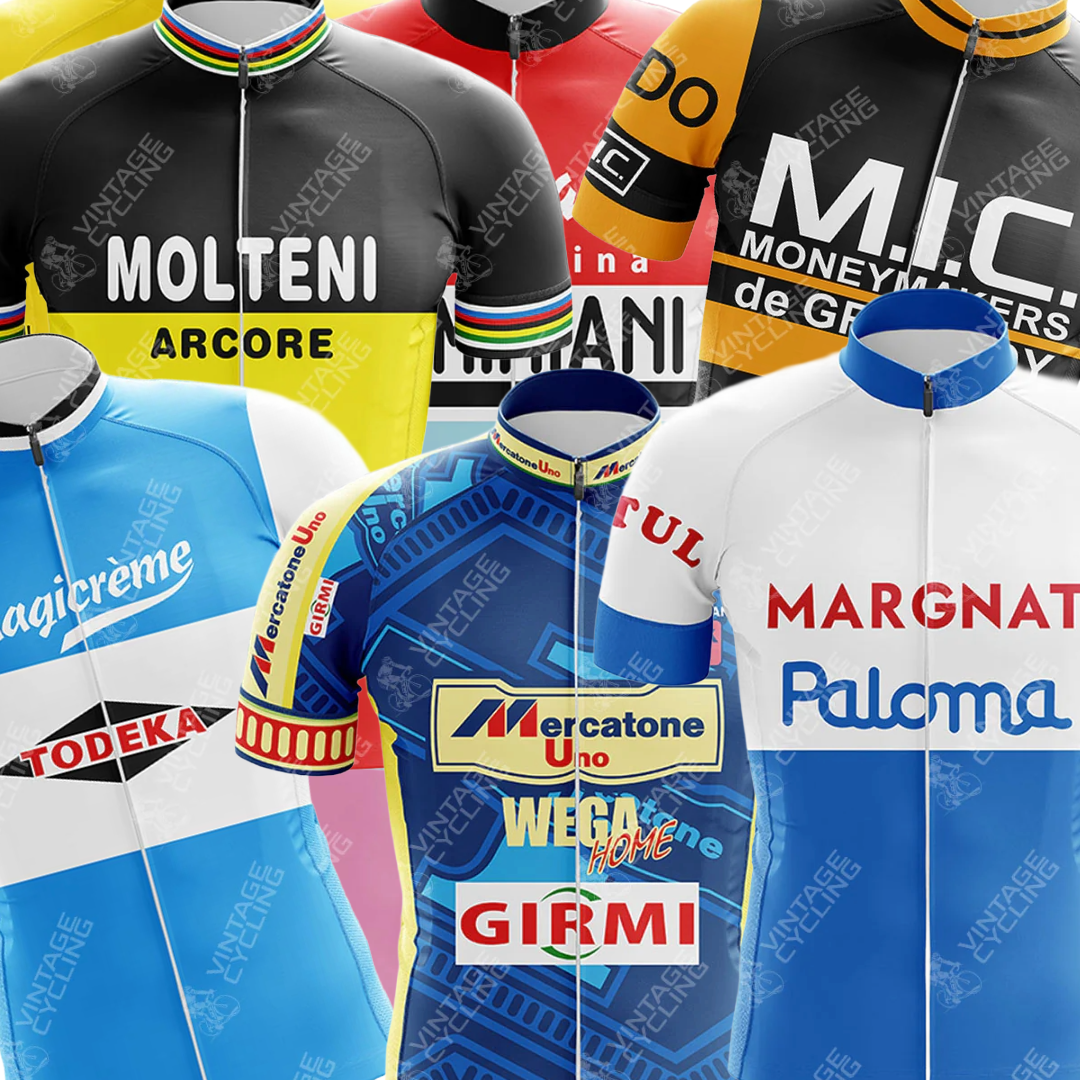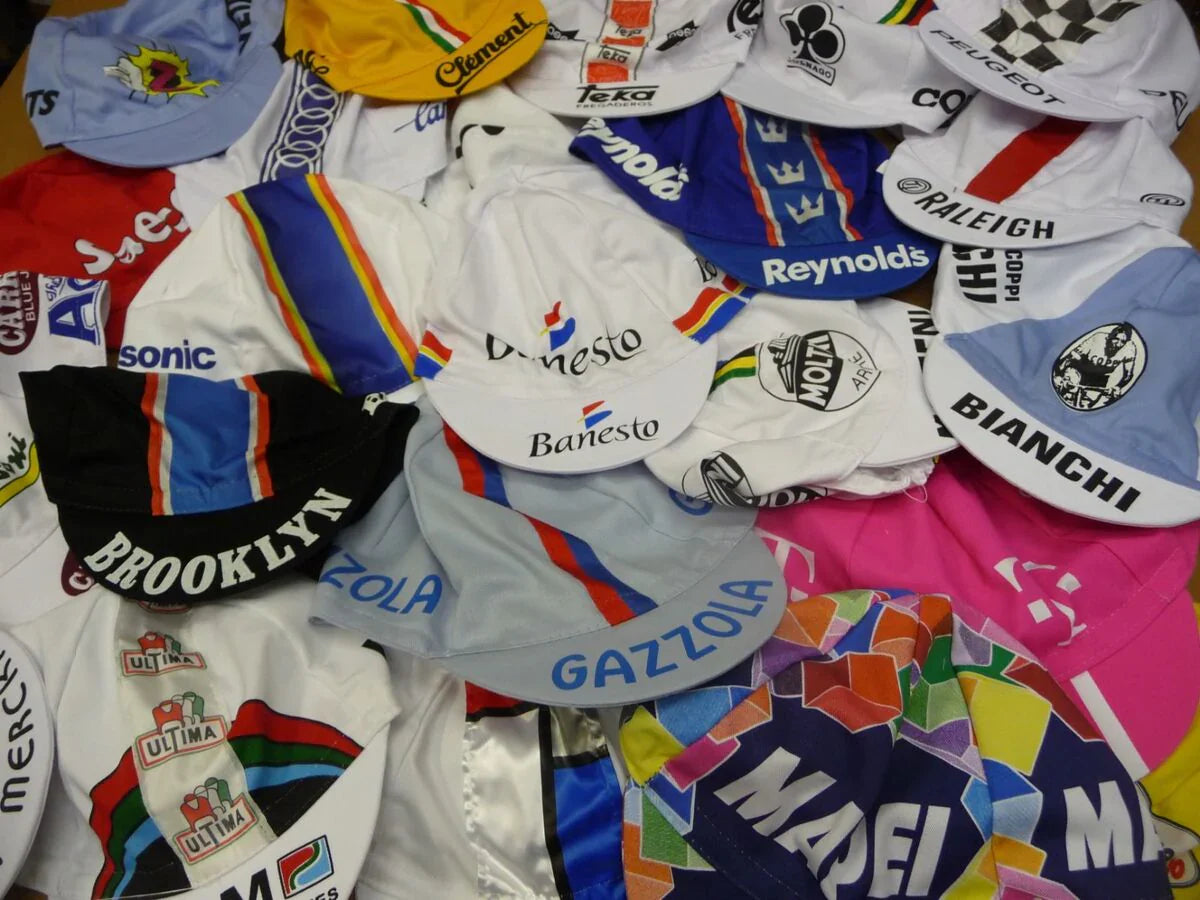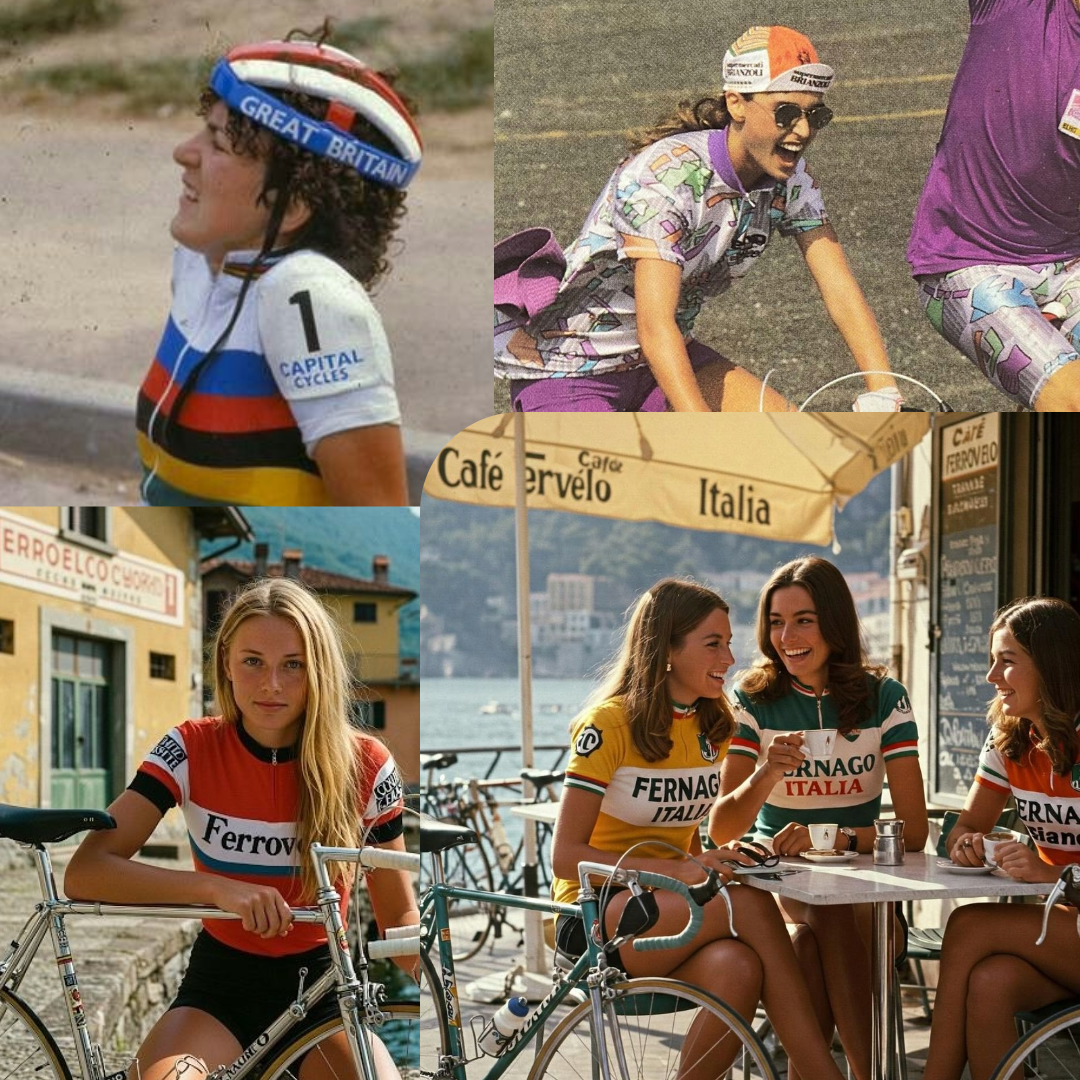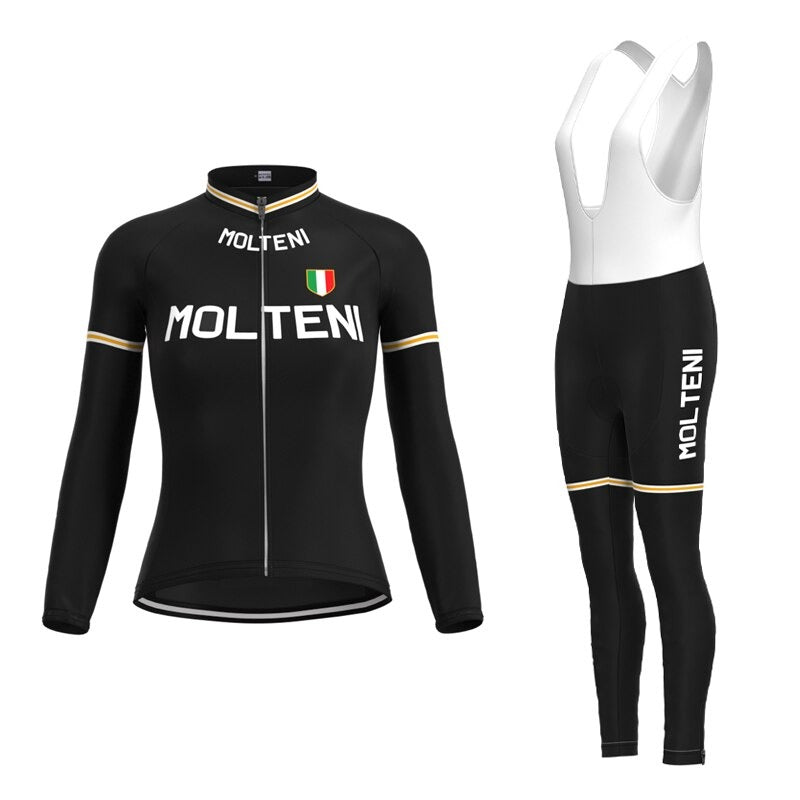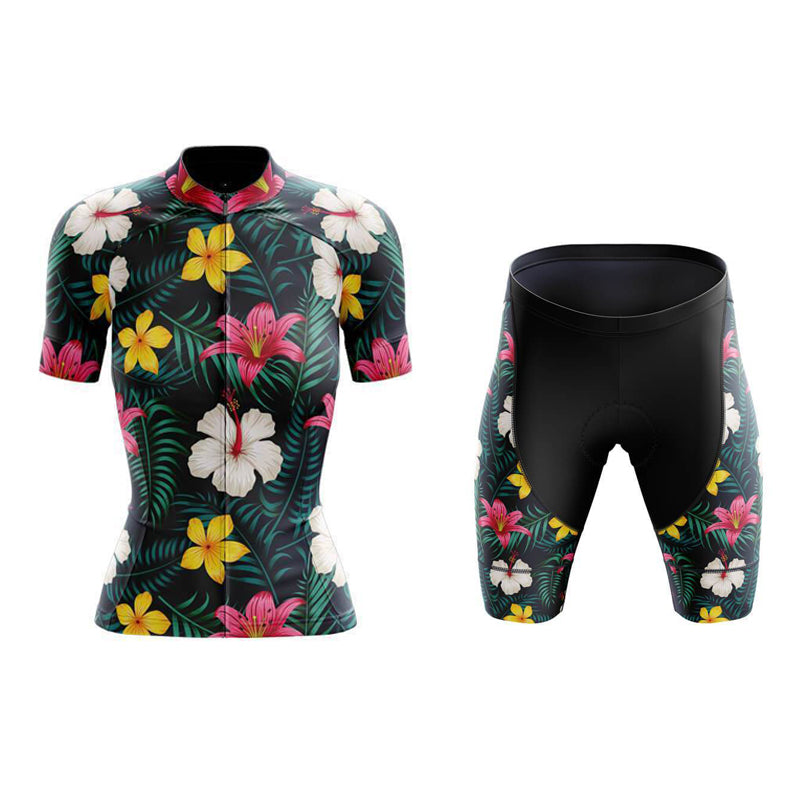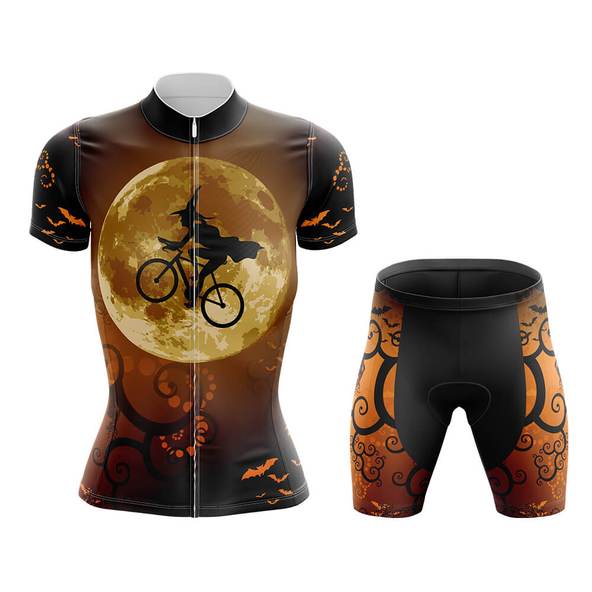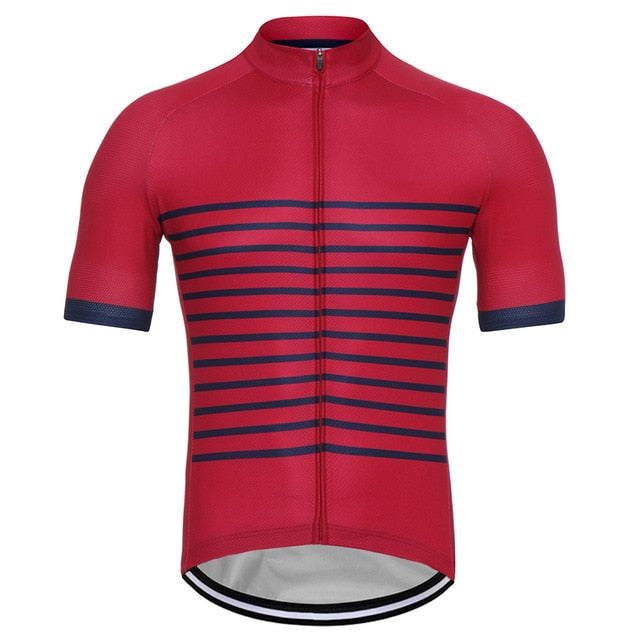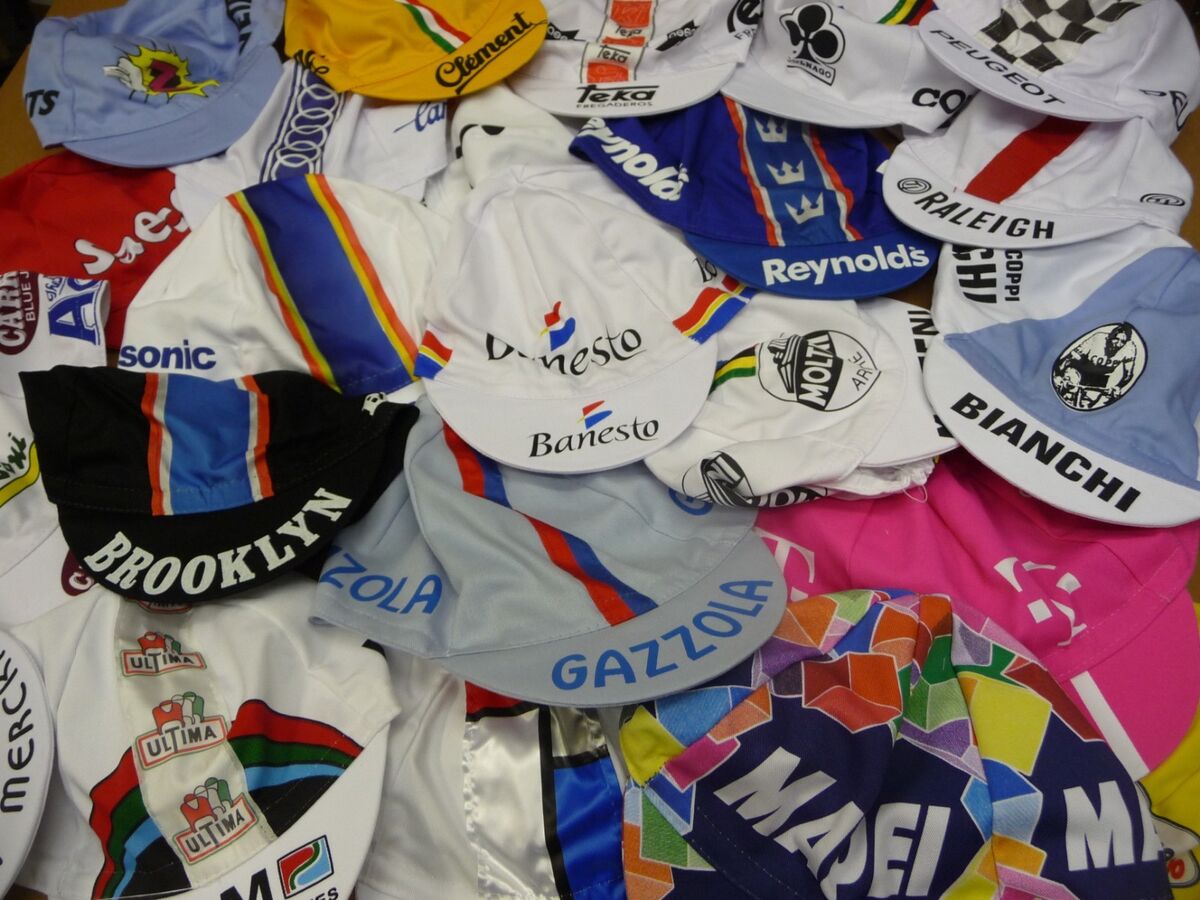
The Intersection of Cycling and Art: Pedalling Through the Canvas
Cycling, with its rhythmic cadence, scenic routes, and the sheer joy of movement, has long captured the imagination of many. But beyond the race tracks and mountain trails, cycling has also found its way into the world of art. Artists, inspired by the sport's beauty and dynamism, have immortalised it in various forms. Let's explore this fascinating intersection of cycling and art, highlighting some notable artists and their interpretations.
The Early Impressions: The Belle Époque Era
The late 19th and early 20th centuries, often referred to as the Belle Époque, saw a surge in the popularity of cycling. This era coincided with the Impressionist movement in art. Artists like Jean Metzinger with his work "At the Cycle-Race Track" captured the speed and excitement of the races, using fragmented forms and vibrant colors to convey motion.
The Modernist Take: The 20th Century
As art movements evolved, so did the depiction of cycling. The Cubists, with their abstract forms and geometric shapes, brought a unique perspective to the sport. Fernand Léger's "The Mechanic" is a prime example, where the bicycle becomes an amalgamation of mechanical parts, reflecting the industrial age's spirit.
Pop Art and Cycling: The Colourful Sixties
The 1960s saw the rise of Pop Art, a movement characterised by its bright colours and incorporation of popular culture. Artists like Roy Lichtenstein drew inspiration from comic strips, and his work "Bicycle" is a testament to this style. The piece, with its dotted patterns and bold lines, captures the essence of a cyclist in motion.
Contemporary Interpretations: The 21st Century
Today, the world of art is as diverse as ever, and cycling continues to inspire artists globally. Street artists, for instance, have used cycling as a motif in their murals, symbolizing freedom, movement, and urban culture. The British artist, Grayson Perry, known for his ceramic vases, has also touched upon cycling themes, intertwining personal narratives with broader societal observations.
Cycling in Sculpture and Installation Art
Beyond paintings, cycling has also been a muse for sculptors and installation artists. Ai Weiwei's "Forever Bicycles" is a mesmerising installation comprising thousands of bicycles, symbolising mass production and the rapid pace of modern life. On a more whimsical note, sculptures like "The Cyclist" by Gil Bruvel playfully capture the joy and fluidity of cycling.
In Conclusion
The relationship between cycling and art is a testament to the sport's universal appeal. Whether it's the thrill of a race, the solitude of a long ride, or the intricate mechanics of a bicycle, artists have found myriad ways to interpret and represent cycling. As we appreciate these artworks, we're reminded of the timeless allure of cycling and its ability to inspire across mediums and cultures. So, the next time you're on a ride or strolling through an art gallery, take a moment to reflect on this beautiful intersection of pedal and palette.
Share


